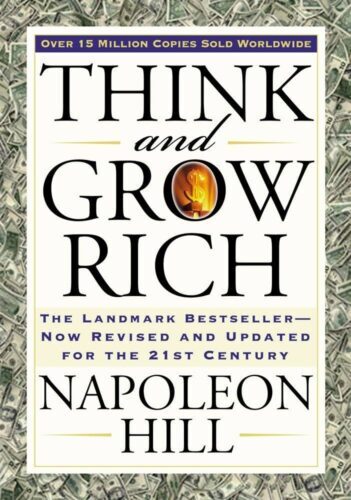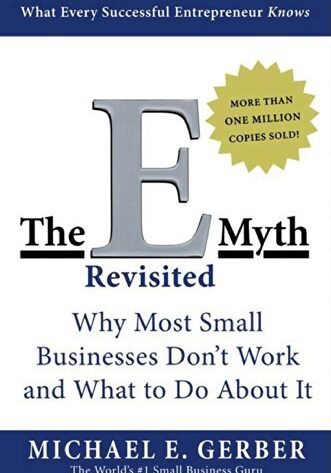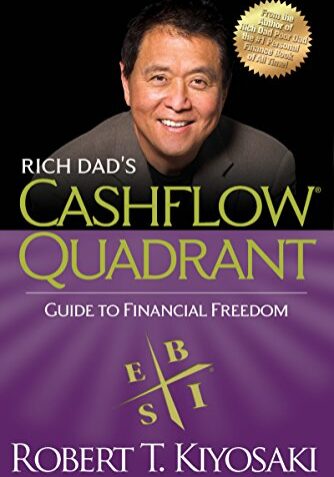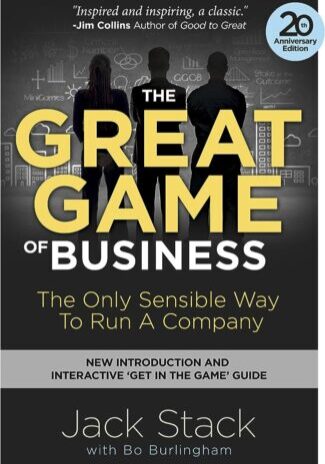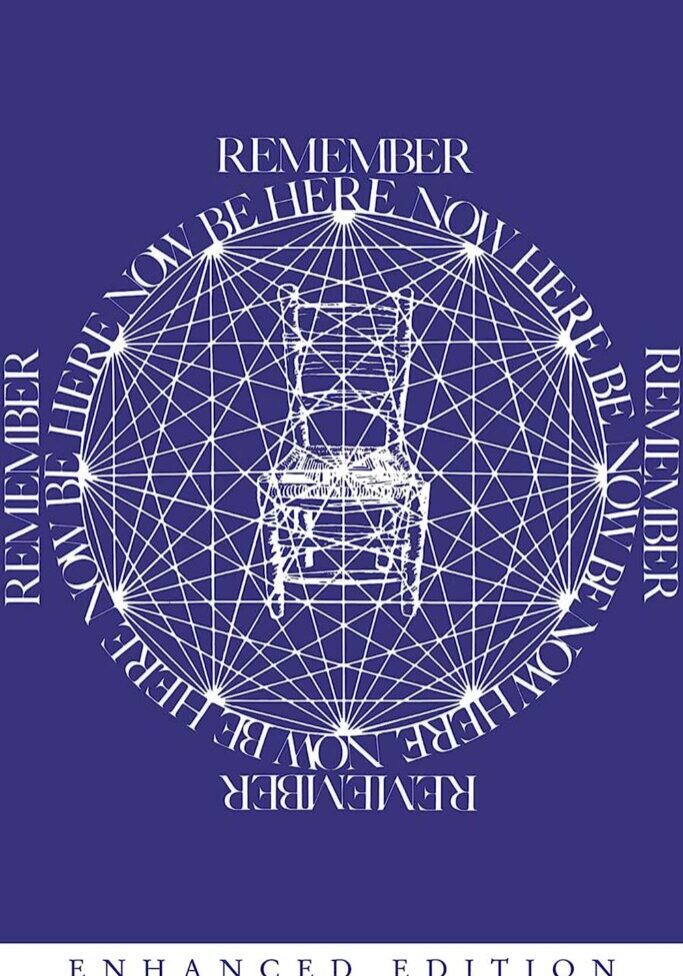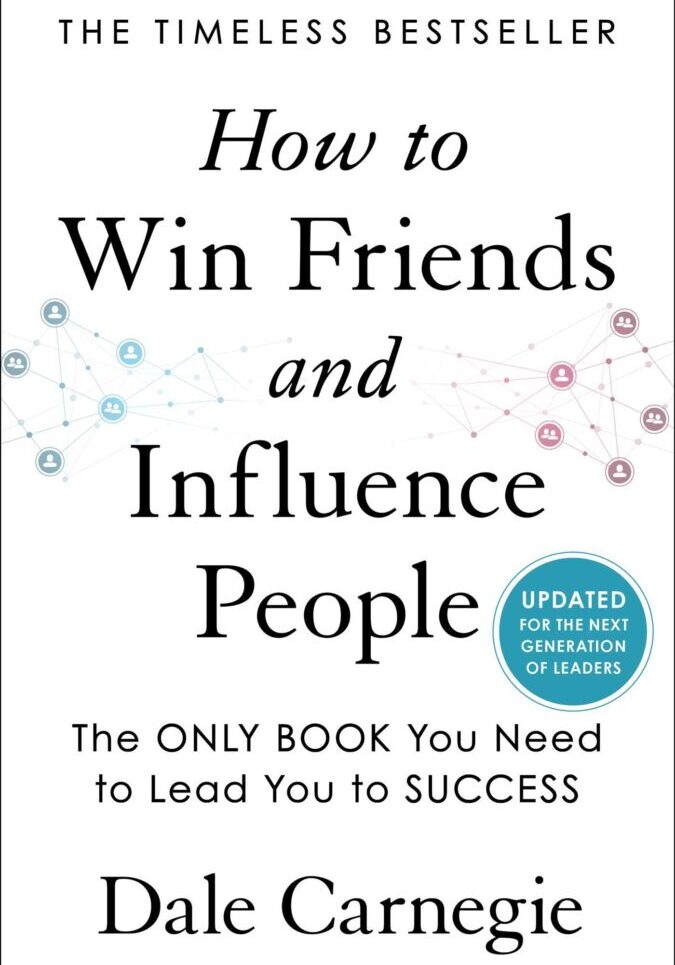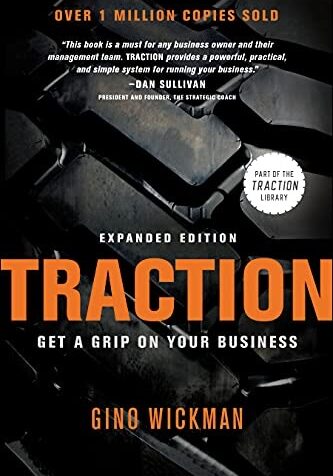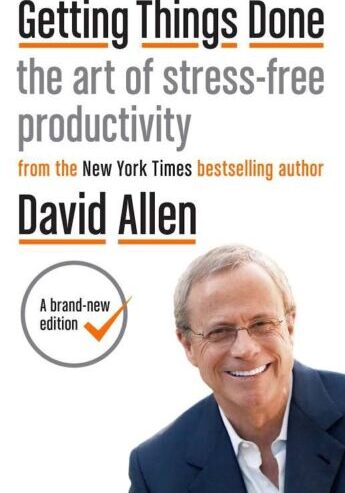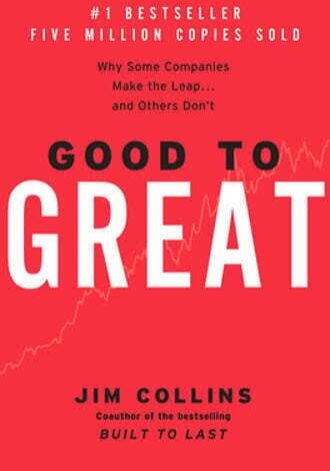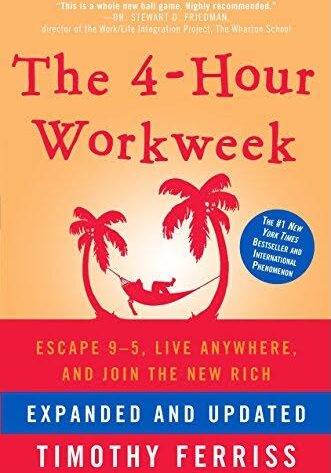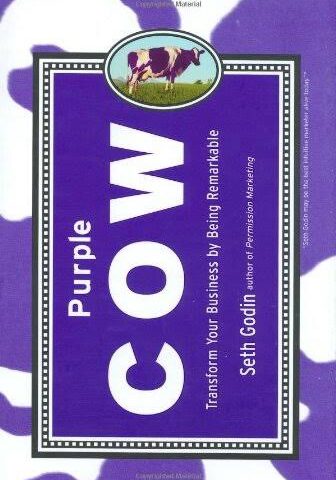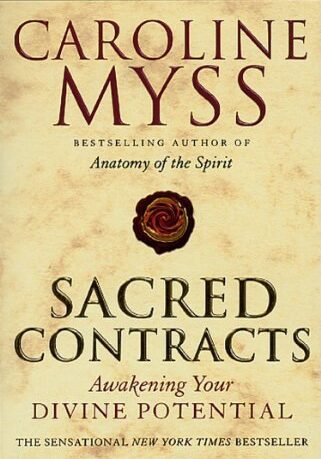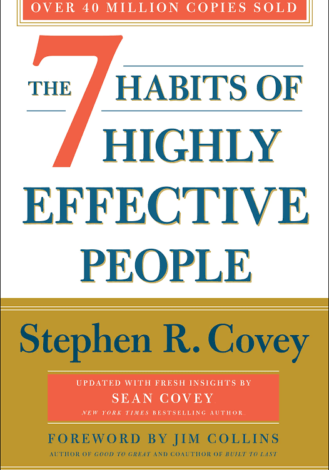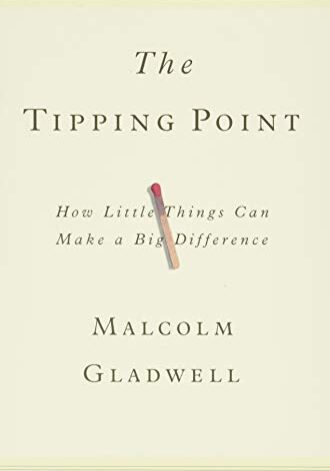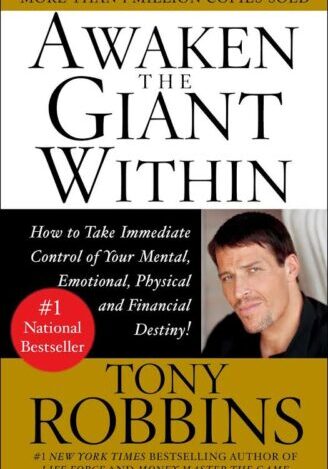Introduction
Hypnotherapy is a remarkable and versatile tool used to address various mental and emotional challenges. By harnessing the power of the subconscious mind, it offers a path to healing, transformation, and personal growth. At the core of this therapeutic approach lies the intricately crafted hypnotherapy script, a blueprint for the hypnotic journey. Understanding these scripts' elements can unveil the beauty and efficacy of hypnotherapy, enhancing both the therapist's and client's experience.
Inductions
Introduction
Inductions mark the beginning of the hypnotherapy process, setting the stage for the therapeutic journey. This phase invites the client into a relaxed state, where they become more receptive and focused. It's the gateway to the subconscious mind, where real transformation begins. Each induction method serves a unique purpose, targeting different individuals and situations.
Definition
Inductions are specialized techniques designed to guide the client into a trance state, a place of heightened awareness and relaxation. This phase is critical as it sets the tone for the rest of the session. Without a well-executed induction, the remaining elements may lose their effectiveness. Inductions are tailored to suit the client's needs and preferences, ensuring a comfortable transition into the hypnotic state.
Techniques
- Progressive Relaxation: A gentle method involving gradual relaxation of body parts. This technique eases the client into a trance, offering them control and comfort. It's especially useful for those new to hypnosis or those who prefer a slower, more mindful approach.
- Rapid Induction: Contrary to progressive relaxation, this method induces a trance quickly. It's best suited for experienced subjects who are familiar with the sensations of hypnosis. Rapid induction saves time and can be a powerful tool in a seasoned therapist's toolbox.
- Eye Fixation: This method requires focusing on a point or object, such as a pendulum. The continuous gaze facilitates a trance state, as the rest of the world fades into the background. It's a mesmerizing experience, allowing the client to dive deep into their subconscious effortlessly.
Importance
The induction phase lays the foundation for the entire hypnotherapy session. Without a proper induction, the client may struggle to enter the necessary state for therapeutic work. Choosing the right method can make or break the experience, as it has to resonate with the client's personality and needs. It's a delicate art that requires practice, intuition, and understanding of human psychology.
Convinces
Introduction
Convincers play a vital role in the hypnotic process, often following the induction phase. They serve as proof of the trance state, reinforcing the client's belief and commitment to the process. Convincers are subtle yet powerful tools that can deepen the trance and create a more profound connection with the client. They're like a reassuring pat on the back, affirming that the process is working.
Definition
Convincers are techniques designed to validate the hypnotic state, enhancing the client's belief in the process. They can be simple exercises or more elaborate methods, depending on the client's experience and comfort level. Convincers help the client feel more engaged and connected, building trust and rapport with the therapist. They're the bridge between the induction and the deeper therapeutic work.
Techniques
- Number Counting: This method involves the client counting backward while in a trance, perhaps losing track of numbers. It's a fascinating experience that reassures both the client and the therapist of the trance depth. It's simple yet effective, adding an extra layer of trust and engagement.
- Arm Levitation: During arm levitation, the arm lifts involuntarily, as if floating. This physical response is a clear indicator of the trance state and can be a profound experience for the client. It solidifies the connection between mind and body, demonstrating the subconscious mind's power.
Importance
Convincers are not mere tricks or gimmicks; they are essential components of the therapeutic process. They help the client fully immerse themselves in the hypnotic experience, building confidence in the process and the therapist. Convincers set the stage for deeper work, ensuring that the client is ready and willing to explore their subconscious mind. They are the keys that unlock the doors to transformation.
Anchors
Introduction
Anchors are a fascinating aspect of hypnotherapy, allowing therapists to create specific triggers for desired states or emotions. They're like mental shortcuts, providing instant access to resources, strengths, and positive feelings. Anchors can be visual, auditory, or kinaesthetic, creating a rich and diverse toolkit for therapists. Understanding and utilizing anchors can elevate the therapeutic experience to new heights.
Definition
Anchors are specific stimuli, such as a word, sound, or touch, that trigger a predetermined response. They are carefully crafted during the therapy session and can be used later to evoke desired states or emotions. Anchors are versatile and personalized tools, reflecting the client's unique experiences and needs. They transform abstract concepts into tangible realities, enhancing the client's connection to their subconscious resources.
Techniques
- Visual Anchors: Using imagery, symbols, or even colors to create strong mental connections. Visual anchors can be powerful reminders of success, motivation, or peace, tapping into the mind's creative potential. They turn visions into realities, bridging the gap between dreams and action.
- Auditory Anchors: Sounds or words that resonate with the client, triggering specific emotions or states. A certain piece of music or a word spoken in a particular tone can become an auditory anchor. These sounds create a rich sensory experience, enhancing the therapeutic process.
- Kinaesthetic Anchors: This method utilizes touch, either self-applied or by the therapist, to associate feelings with specific states. A gentle touch on the shoulder might anchor a feeling of confidence or calm. It's a tactile and intimate approach that adds depth to the therapy.
Importance
Anchors provide a tangible connection to abstract concepts, emotions, or desired states. They allow both the therapist and the client to access specific resources quickly, facilitating the therapeutic process. Anchors can be seen as mental bookmarks, allowing effortless navigation through the landscape of the subconscious mind. They offer a hands-on approach to transformation, making therapy a more engaging and personalized experience.
Suggestions
Introduction
Suggestions are the heart and soul of hypnotherapy, the vehicle through which change occurs. They guide the subconscious mind towards healing, growth, and positive transformation. Suggestions can be direct or indirect, tailored to the client's preferences and needs. They are the magic wands of hypnotherapy, turning intentions into realities.
Definition
Suggestions are statements or ideas presented to the subconscious mind to encourage a specific change or response. They are carefully crafted to align with the client's goals, resonating with their values and beliefs. Suggestions are the language of the subconscious mind, translating conscious desires into subconscious action. They bridge the gap between wanting and achieving, making change not only possible but inevitable.
Techniques
- Direct Suggestions: These are explicit statements defining the desired change. They're clear, straightforward, and powerful, speaking directly to the subconscious mind. Direct suggestions cut through ambiguity, leaving no room for doubt or confusion.
- Indirect Suggestions: Using metaphors, stories, or analogies to imply change, these suggestions are more subtle and often more creative. They invite the subconscious mind to explore possibilities, encouraging it to find its path to change. Indirect suggestions respect the client's autonomy, allowing them to interpret and internalize the change in their way.
- Post-hypnotic Suggestions: These are instructions that take effect after the session ends. They extend the therapeutic work beyond the therapist's office, integrating it into the client's daily life. Post-hypnotic suggestions turn therapy into a living, breathing process, transforming everyday moments into opportunities for growth.
Importance
Suggestions are the essence of hypnotherapy, driving the therapeutic change. They guide the subconscious mind, reshaping beliefs, attitudes, and behaviors to align with conscious goals. Suggestions are more than mere words; they are the catalysts for transformation, turning intentions into actions, dreams into realities. They are the golden threads that weave the tapestry of change, creating a masterpiece of personal growth.
Trance Termination
Introduction
Trance termination is the closing chapter of the hypnotherapy session, guiding the client back to full awareness. It's a crucial phase, ensuring a smooth and comfortable transition from the trance state to regular consciousness. Trance termination is not just an ending but a beginning, solidifying the therapeutic experience and setting the stage for continued growth. It's the final touch that completes the hypnotic journey.
Definition
Trance termination is the systematic process of bringing the client back to their regular state of consciousness. It's a guided awakening, whether gradual or immediate, that respects the client's experience and needs. Trance termination ensures that the client leaves the session feeling refreshed, empowered, and ready to embrace the changes made during therapy. It's a respectful farewell to the trance state, honoring the work done and the journey taken.
Techniques
- Gradual Awakening: A gentle approach that slowly guides the client back to consciousness. It allows time for adjustment, ensuring a comfortable transition. Gradual awakening respects the client's unique experience, offering a soft landing back into reality.
- Immediate Awakening: A quicker method, best suited for experienced subjects or when time is limited. It's a more abrupt return to consciousness, yet it can be just as smooth and comfortable when done skillfully. Immediate awakening requires a deep understanding of the client's needs and experience, ensuring a seamless transition.
Importance
Trance termination is more than just the end of the session; it's the beginning of a new phase in the client's life. It seals the therapeutic work, integrating it into the client's daily reality. Trance termination is the bridge between the world of hypnosis and everyday life, ensuring that the client carries the insights and changes made during therapy into their waking existence. It's a delicate and essential part of the process, reflecting the respect and care that define the hypnotherapy practice.
Conclusion
The elements of a hypnotherapy script are like the chapters of a transformative book, guiding both therapist and client through a journey of healing and self-discovery. From inductions to trance termination, each element plays a vital role, adding depth, richness, and efficacy to the therapeutic process. Understanding these elements offers insight into the art and science of hypnotherapy, illuminating the path to positive change.









